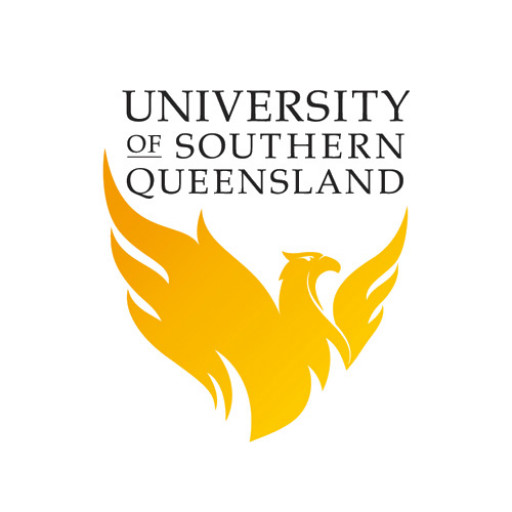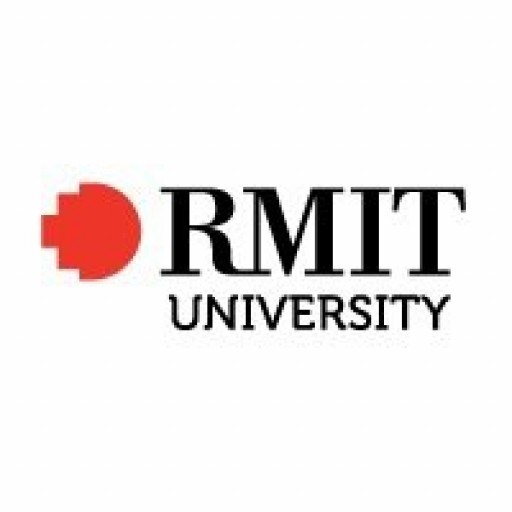Photos of university / #usqedu
The Bachelor of Spatial Science and Technology at the University of Southern Queensland is a comprehensive undergraduate program designed to equip students with essential skills and knowledge in the rapidly evolving field of spatial sciences. This degree focuses on the application of Geographic Information Systems (GIS), remote sensing, cartography, and spatial data management to address real-world problems across various industries such as environmental management, urban planning, transportation, and resource exploration. Throughout the course, students will engage in both theoretical studies and practical projects, allowing them to develop proficiency in spatial data analysis, geospatial software, and innovative technologies like drone imaging and spatial data visualization. The program emphasizes a multidisciplinary approach, integrating principles from geography, information technology, and environmental sciences to provide a broad understanding of spatial concepts and their applications. Students will have access to state-of-the-art laboratories and software, preparing them for careers in government agencies, consulting firms, technology companies, and research institutions. The Bachelor of Spatial Science and Technology also offers flexible study options, enabling students to tailor their learning through electives and industry placements. Graduates of this program will be well-positioned to contribute to sustainable development projects, disaster management, and smart city initiatives, supporting informed decision-making with spatial intelligence. With a curriculum aligned with current industry standards and dedicated faculty expertise, this degree offers a pathway to a dynamic and rewarding career in the growing field of spatial sciences.
The Bachelor of Spatial Science Technology at the University of Southern Queensland is a comprehensive undergraduate program designed to equip students with essential skills and knowledge in the field of spatial science and technology. This degree offers a strong foundation in geographic information systems (GIS), remote sensing, cartography, spatial data analysis, and positioning technologies. Students will explore the principles of spatial data collection, management, analysis, and visualization, preparing them for diverse careers in urban planning, environmental management, surveying, logistics, and the spatial industry at large.
Throughout the program, students engage with both theoretical concepts and practical applications of spatial technology. The curriculum covers core subjects such as geographic information systems, spatial database management, geospatial data acquisition, and spatial analysis methodologies. Hands-on training includes using industry-standard software and tools to manipulate, analyze, and visualize spatial data efficiently. In addition, students learn about the integration of spatial data with emerging technologies like drones, GPS, and mobile GIS applications, ensuring they are well-versed in contemporary industry practices.
The program emphasizes critical thinking, problem-solving, and technical skills, preparing graduates to contribute effectively in roles that require spatial data expertise. Students have opportunities to participate in projects, internships, and industry placements, facilitating real-world experience and professional networking. The degree also incorporates research skills and promotes innovation in spatial applications, allowing students to develop solutions for real-world challenges such as urban development, environmental monitoring, and resource management.
Graduates of the Bachelor of Spatial Science Technology will be well-qualified to pursue careers as GIS specialists, spatial data analysts, urban and regional planners, environmental consultants, surveying professionals, or continue their studies through postgraduate programs. The program's focus on technological proficiency and industry relevance ensures students are ready to meet the increasing demand for spatial science professionals both nationally and internationally. With access to state-of-the-art facilities and expert faculty, students receive a high-quality education that aligns with current industry standards and future advancements in spatial technology.
Program requirements for the Bachelor of Spatial Science and Technology at the University of Southern Queensland typically include completion of core courses in spatial data acquisition, GIS analysis, remote sensing, cartography, and geospatial data management. Students are expected to undertake a set of compulsory foundational subjects covering geographic information systems, spatial data ethics, and environmental systems. Advanced electives allow specialization in areas such as spatial data infrastructure, 3D modeling, geospatial programming, and spatial statistics. A minimum credit point requirement must be met, usually involving around 24 courses or equivalent, including capstone projects which demonstrate practical application of skills in real-world scenarios. Admission prerequisites generally specify completion of secondary schooling with relevant prerequisite subjects or relevant industry experience. International students must meet English language proficiency standards. The program emphasizes practical training with industry placements or internships providing firsthand experience. Assessments comprise coursework, practical projects, presentations, and examinations. The curriculum aligns with national and international standards for spatial information management and technology, preparing graduates for careers in urban planning, environmental consulting, resource management, and geospatial technology development. Continuous updating of course content ensures relevance to current spatial data trends and emerging technologies. Progression is monitored through periodic assessments, and students are advised to maintain a GPA that satisfies program standards to ensure timely graduation.
The financing of the Spatial Science Technology program at the University of Southern Queensland primarily encompasses a combination of government funding, student contributions, scholarships, and potential financial aid options. As an Australian university, USQ benefits from the country's subsidized higher education model, where domestic students typically pay a subsidized tuition fee under the Commonwealth Supported Place (CSP) scheme. International students pursuing this program are generally responsible for paying full tuition fees, which vary depending on the course load and study mode, such as on-campus or online delivery. The university offers a range of scholarships and bursaries aimed at supporting students financially. These include merit-based scholarships, which reward academic excellence, and equity scholarships, designed to assist students from disadvantaged backgrounds. Additionally, students may access government-backed financial aid programs, such as HECS-HELP, which allows eligible domestic students to defer their tuition fees and repay them once they reach a certain income threshold. The university also partners with various industry stakeholders to provide internship opportunities and practical training, which can sometimes include financial support or stipends. For students enrolled in the Spatial Science Technology program, financial planning is recommended to include consideration of tuition costs, living expenses, and potential income from part-time work or scholarships. The cost structure is transparent and designed to ensure accessibility for a diverse student body. Future graduates are encouraged to look into post-graduation employment prospects, as the skills acquired in the program are highly relevant and in demand in sectors such as urban planning, surveying, geographic information systems (GIS), and environmental management. The university's financial services and student support centers provide detailed guidance on available payment options, ongoing financial support programs, and investment in their education. Overall, the financing of the Spatial Science Technology program is structured to provide affordable, accessible education with multiple pathways for financial assistance to support student success and reduce economic barriers.
The Bachelor of Spatial Science Technology at the University of Southern Queensland is a comprehensive undergraduate program designed to equip students with the skills and knowledge necessary to excel in the field of spatial science. This program focuses on the application of geographic information systems (GIS), remote sensing, cartography, and spatial data analysis to solve real-world problems across various industries such as environmental management, urban planning, transportation, and resource management. Students will gain a solid foundation in spatial data acquisition, processing, analysis, and visualization, enabling them to contribute to innovations in location-based services, disaster management, and sustainable development initiatives.
The curriculum encompasses a range of core and elective courses that address both theoretical concepts and practical skills. Students will learn how to operate advanced GIS software, interpret satellite imagery, and create detailed maps and spatial models. The program emphasizes hands-on learning through practical labs, fieldwork, and project work, often collaborating with industry partners to address current challenges faced by the profession. Additionally, students will develop critical thinking and problem-solving abilities, alongside communication and teamwork skills essential for professional success.
Graduates from the Bachelor of Spatial Science Technology will be prepared for a variety of career pathways, including roles as GIS analysts, spatial data technicians, cartographers, urban planners, and environmental consultants. The program also provides pathways for further study, including honours and postgraduate research opportunities. With the integration of emerging technologies such as drones and UAVs, along with advancements in data analytics and cloud computing, graduates will be well-positioned to contribute to the evolving landscape of spatial science. The university supports students with modern facilities, industry placements, and a network of professional contacts to ensure they are job-ready upon graduation. Overall, this program aims to produce skilled, adaptable, and innovative professionals to meet the growing demand for expertise in spatial data and geographic information systems worldwide.










